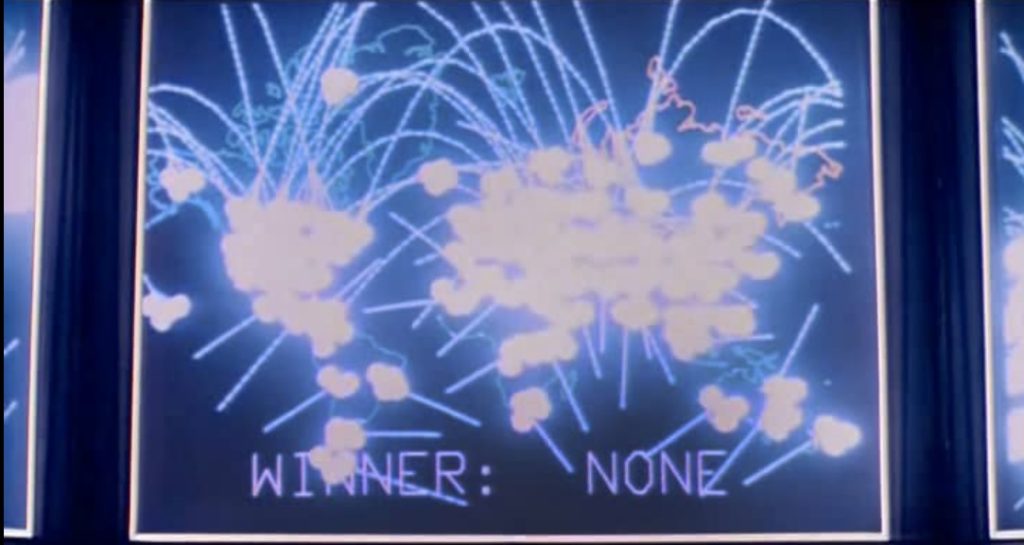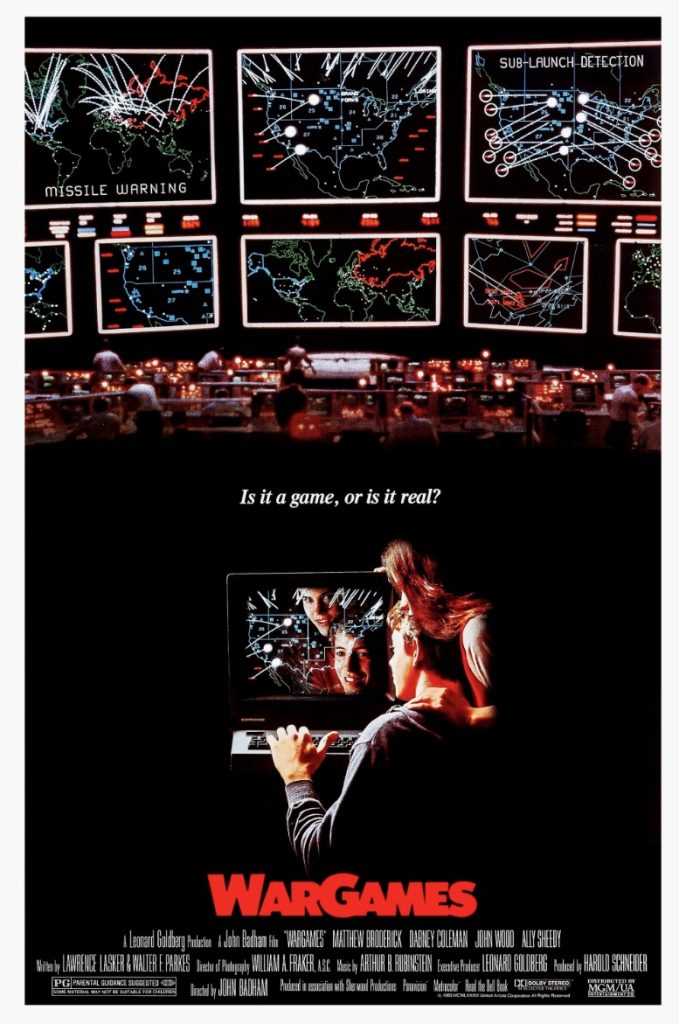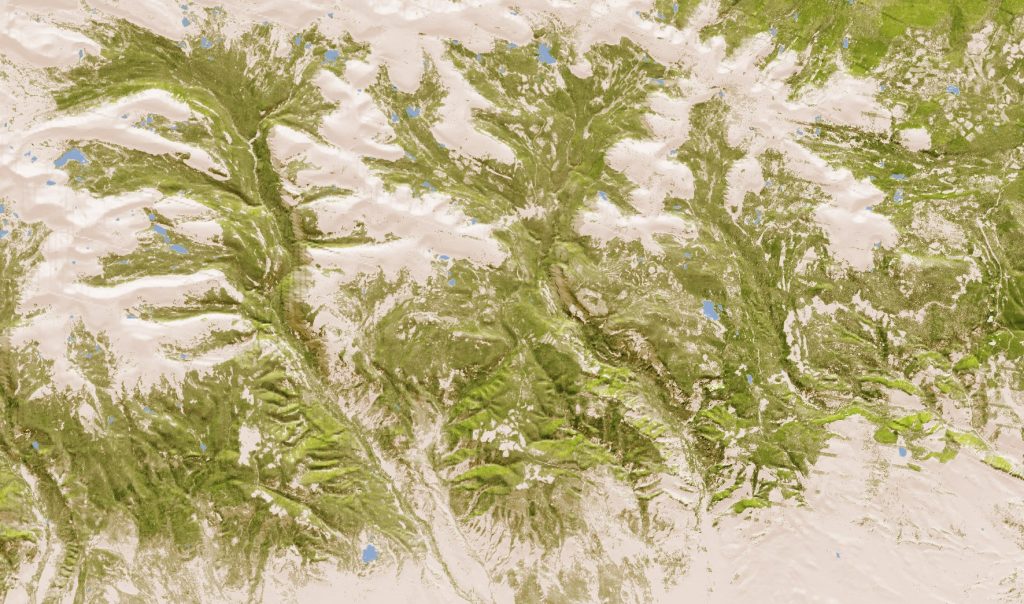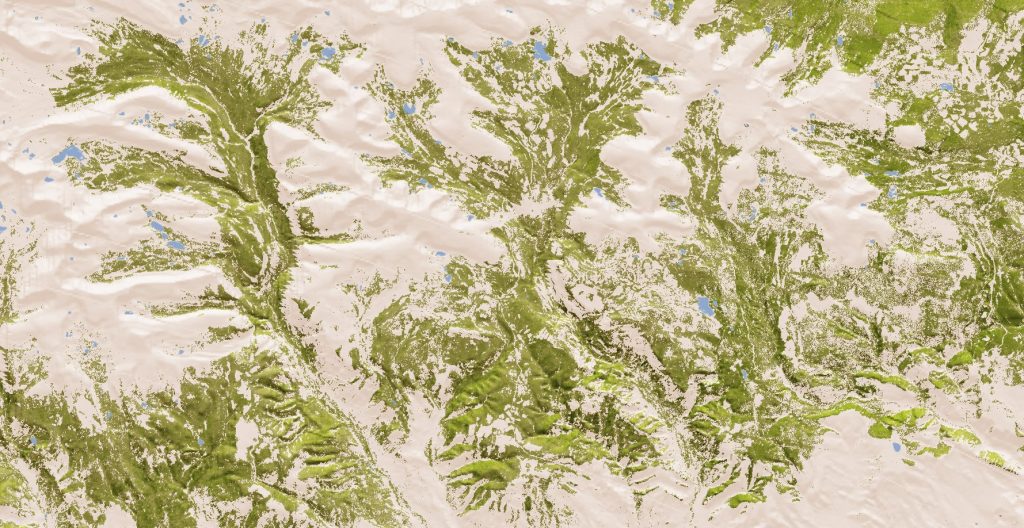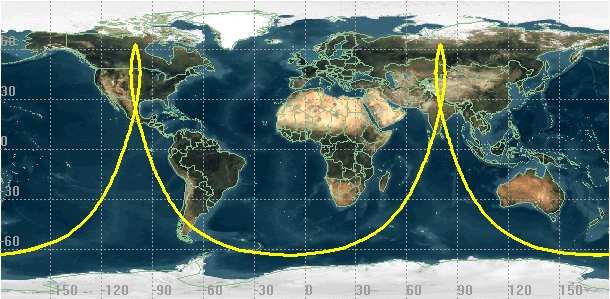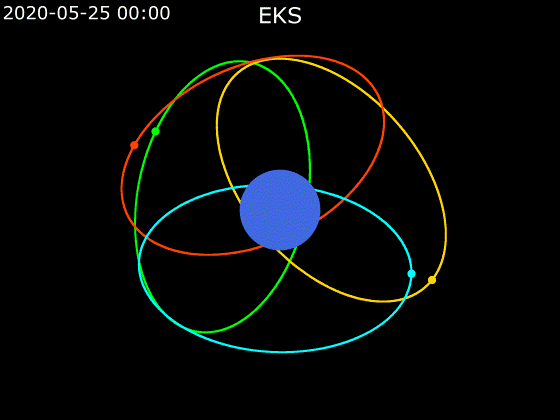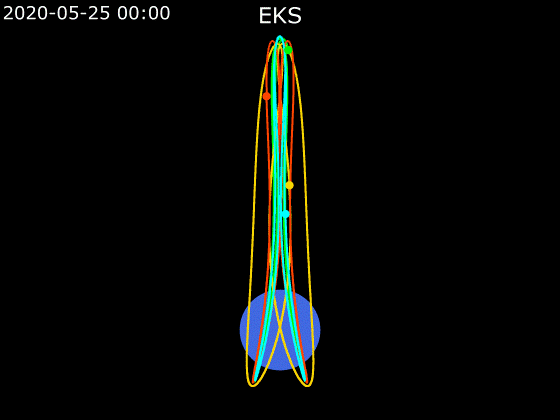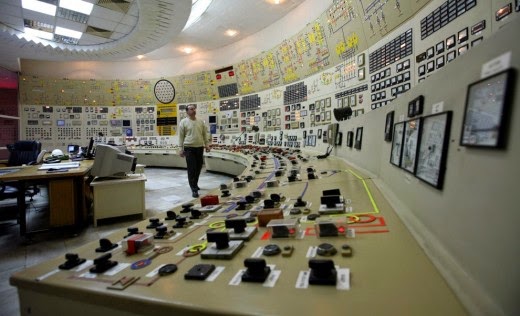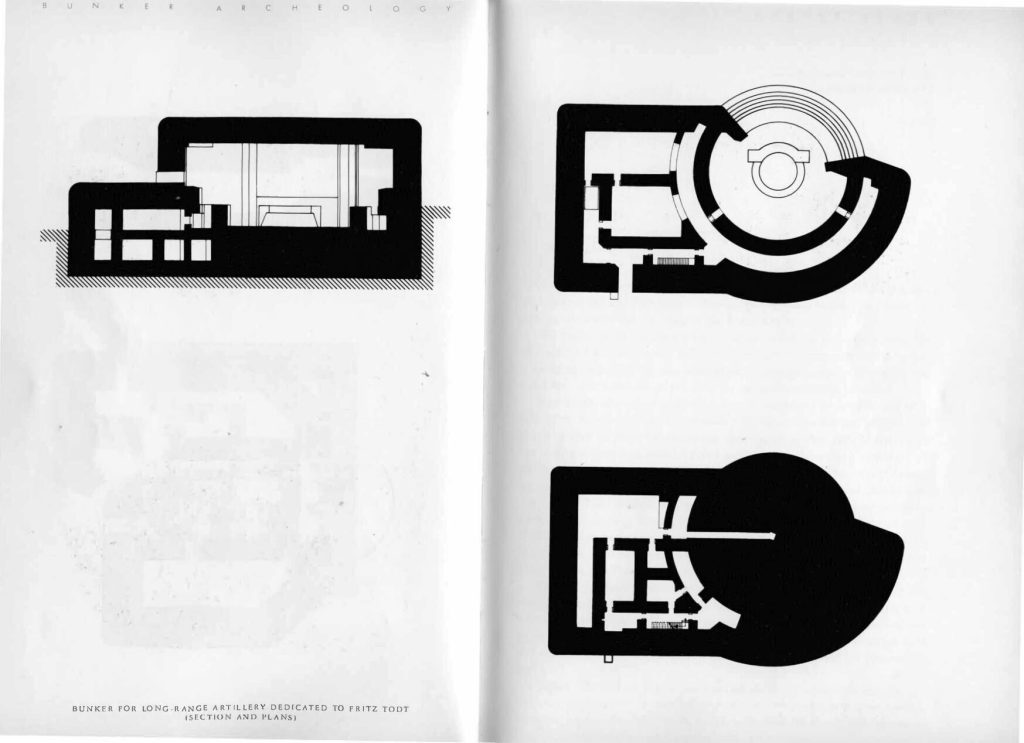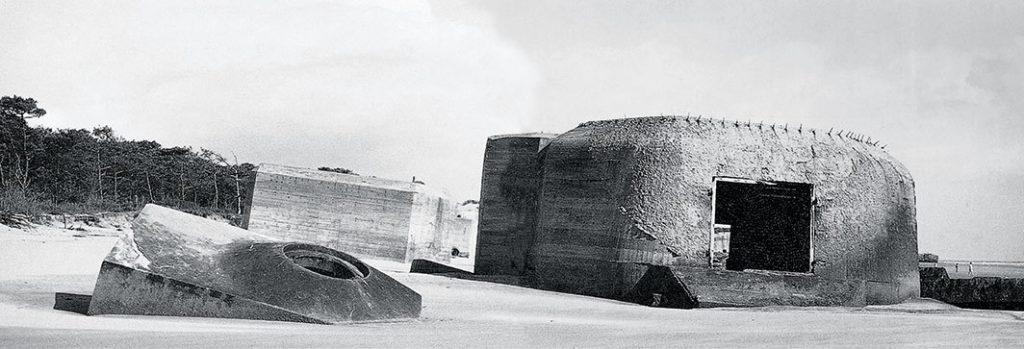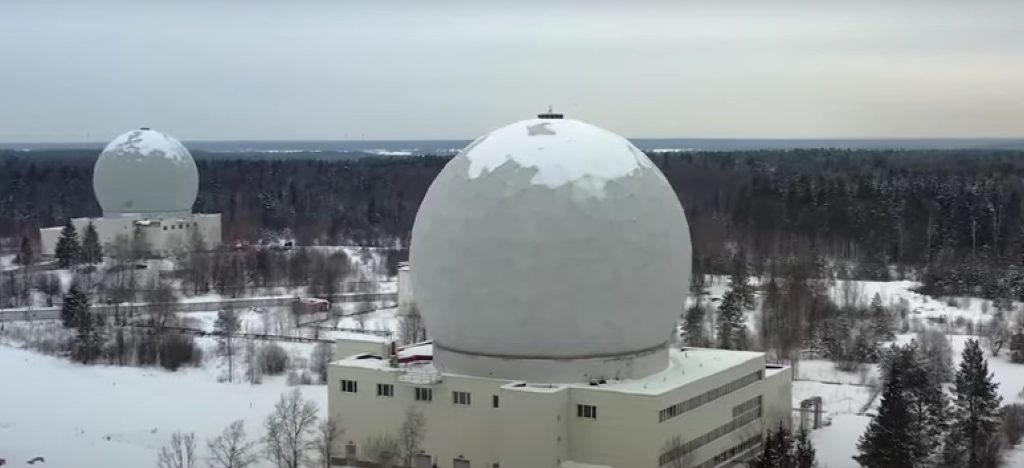OKO is the early warning system
The type of satellite is Upravlyaemy Sputnik Kontinentalny, or US-K.
These form the Kosmos system (which I have also seen spelt Cosmos).
‘The satellites are drum-shaped, 2 metres long with a diameter of 1.7 m. They weigh 1,250 kilograms without fuel and 2,400 kilograms when fully loaded. They have a 350 kg infrared telescope pointing toward Earth, with a 4 m conical sunshield and an instrument bus. The telescope, which is the satellites’ main instrument, is able to detect radiation from ascending missiles.’
Kosmos has a total of 101 satellites launched between 1972 and 2012, according to Wiki.
The last US-K satellite (Kosmos 2469) was launched on 30 September 2010. As of December 2015, the entire OKO programme is being replaced by the new EKS (or Tundra) satellites and the Kupol system.‘Reportedly the Tundra satellites carry also a secure emergency communications payload to be used in case of a nuclear war.’ I think there are six in orbit, with another launching this year. https://space.skyrocket.de/doc_sdat/tundra.htm
The satellites rely on infrared sensors that can directly detect radiation emitted by a missile plume.
An over-the-horizon (OTH) radar, like all radars, detects reflections of electromagnetic signal that it sends in the direction of a target. OTH radars deployed on the Soviet territory were able to detect missile launches on the territory of the United States by using reflections of electromagnetic impulses from Earth’s ionosphere.
The system began limited operations in 1978 and was placed on combat duty in 1982 (so it was very new when the 1983 incident occurred).
The bunker in Serpukhov-15 includes antennas to communicate with the satellites.
Launches of early-warning satellites into highly elliptical orbits are performed by Molniya-M launchers from the Plesetsk launch site in northern Russia.
An amazing website for tracking satellites http://www.satflare.com/home.asp
The full list of satellites in the Kosmos system https://space.skyrocket.de/doc_sdat/us-k.htm

